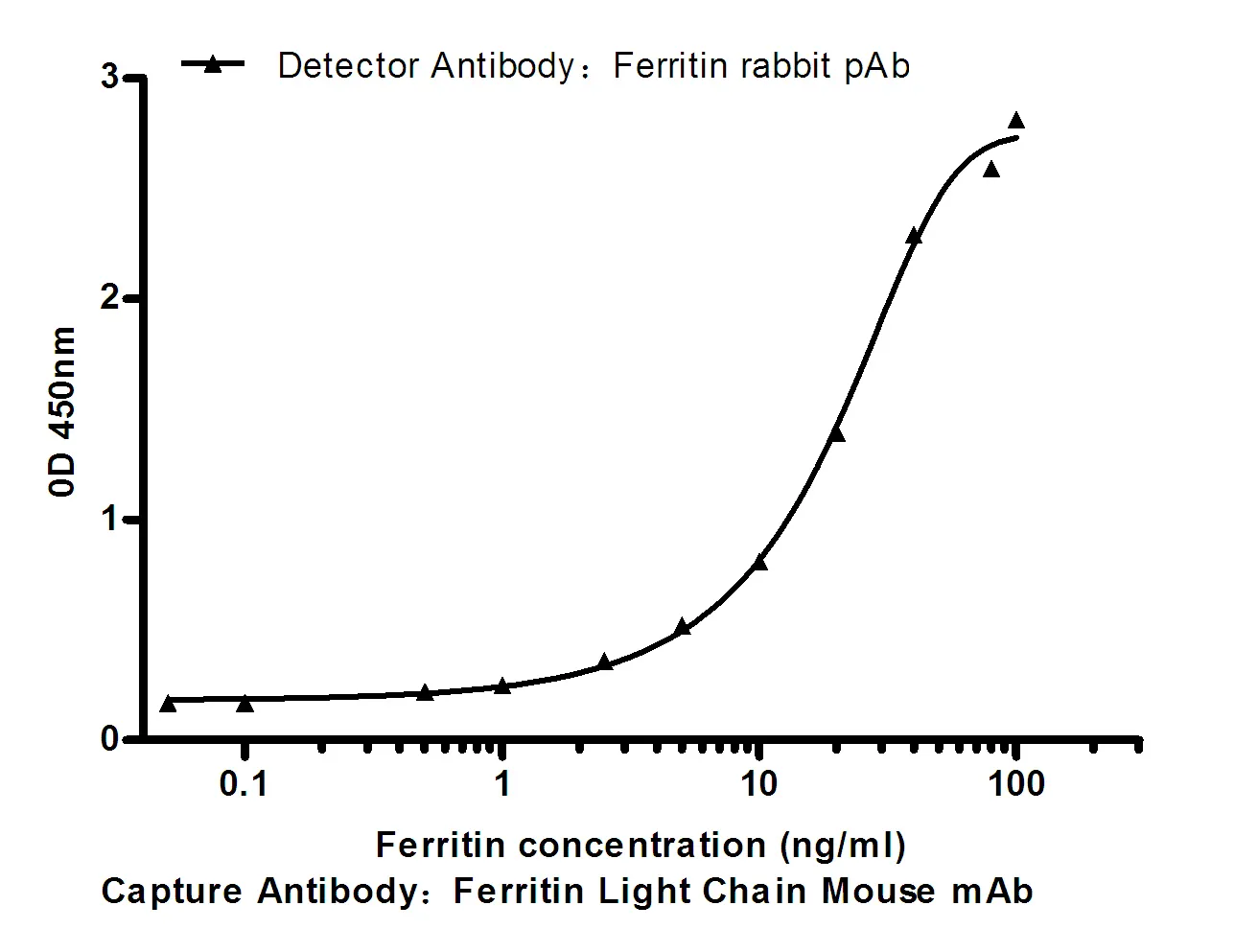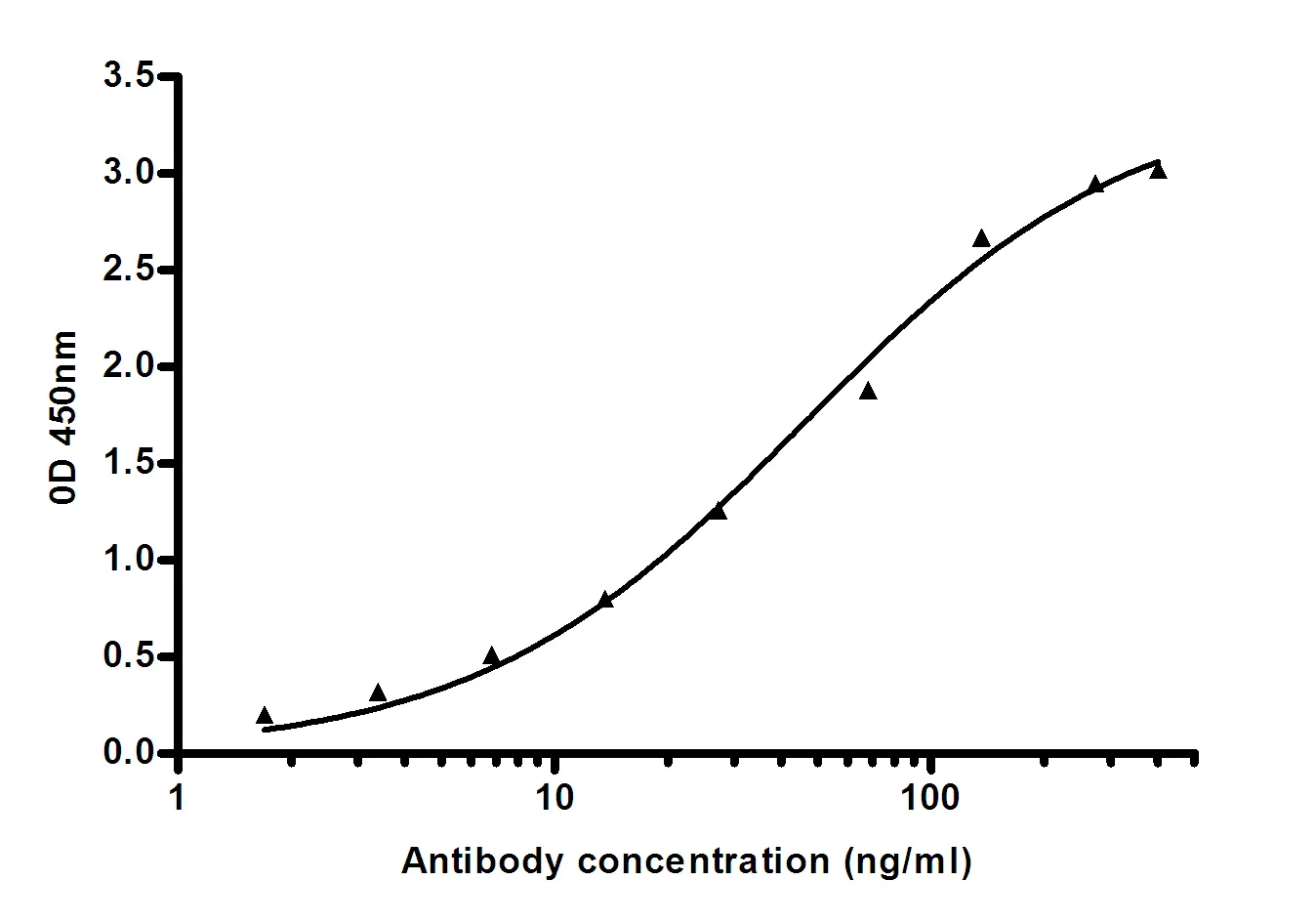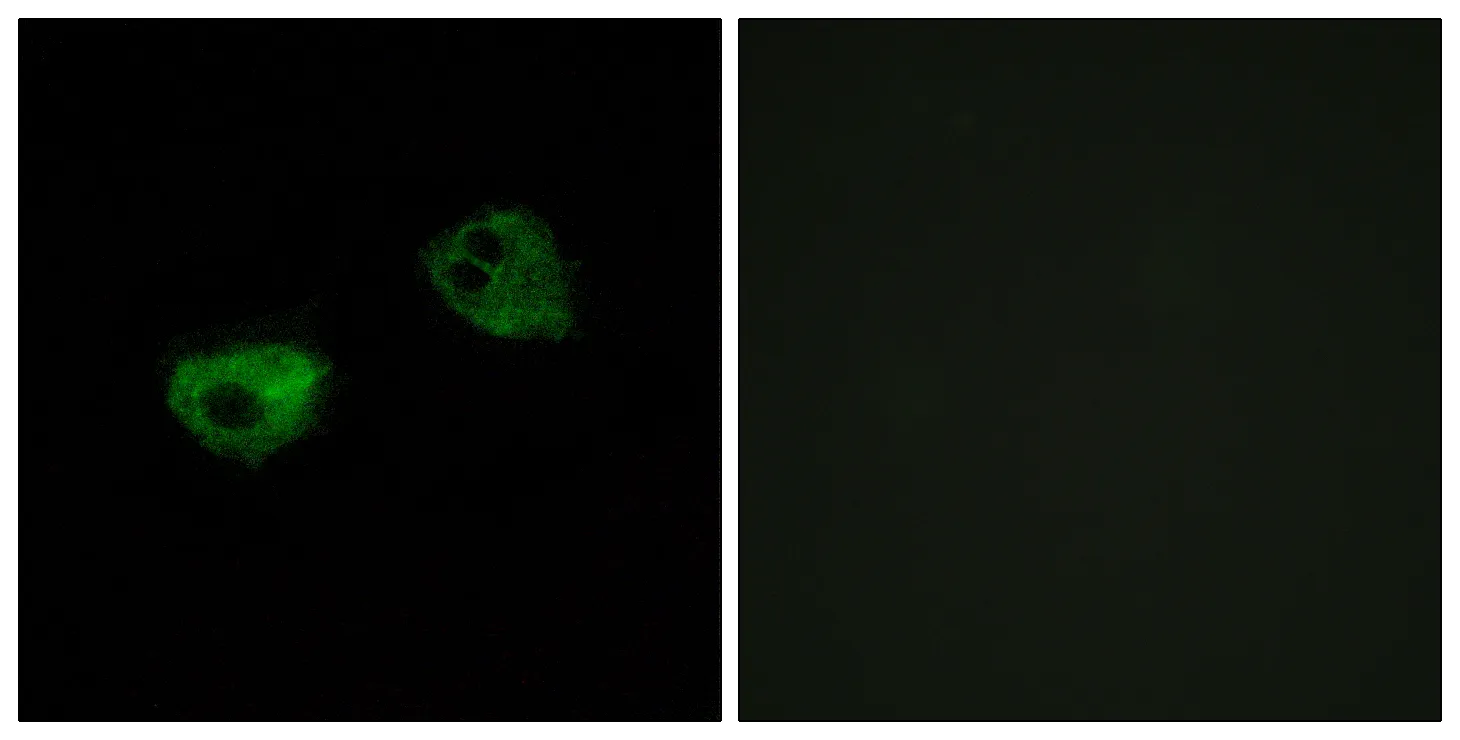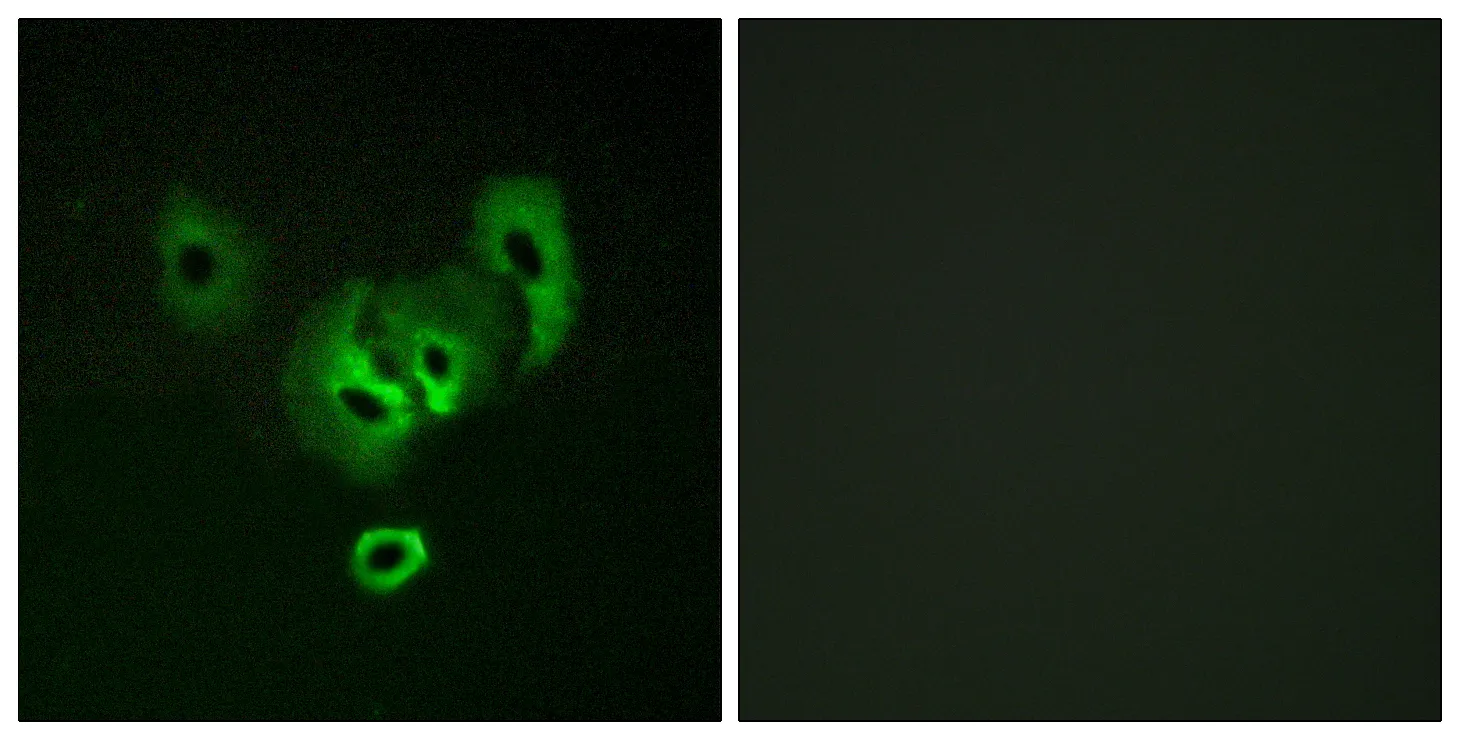Summary
Performance
Immunogen
Application
Background
The protein encoded by this gene is a ligand-activated helix-loop-helix transcription factor involved in the regulation of biological responses to planar aromatic hydrocarbons. This receptor has been shown to regulate xenobiotic-metabolizing enzymes such as cytochrome P450. Before ligand binding, the encoded protein is sequestered in the cytoplasm; upon ligand binding, this protein moves to the nucleus and stimulates transcription of target genes. [provided by RefSeq, Sep 2015],function:Ligand-activated transcriptional activator. Binds to the XRE promoter region of genes it activates. Activates the expression of multiple phase I and II xenobiotic chemical metabolizing enzyme genes (such as the CYP1A1 gene). Mediates biochemical and toxic effects of halogenated aromatic hydrocarbons. Involved in cell-cycle regulation. Likely to play an important role in the development and maturation of many tissues.,induction:Induced or repressed by TGF-beta and dioxin in a cell-type specific fashion. Repressed by cAMP, retinoic acid, and TPA.,similarity:Contains 1 basic helix-loop-helix (bHLH) domain.,similarity:Contains 1 PAC (PAS-associated C-terminal) domain.,similarity:Contains 2 PAS (PER-ARNT-SIM) domains.,subcellular location:Initially cytoplasmic; upon binding with ligand and interaction with a HSP90, it translocates to the nucleus.,subunit:Binds MYBBP1A (By similarity). Efficient DNA binding requires dimerization with another bHLH protein. In the nucleus, heterodimer of AHR and ARNT. Interacts with coactivators including SRC-1, RIP140 and NOCA7, and with the corepressor SMRT. Interacts with NEDD8 and IVNS1ABP.,tissue specificity:Expressed in all tissues tested including blood, brain, heart, kidney, liver, lung, pancreas and skeletal muscle.,
Research Area




